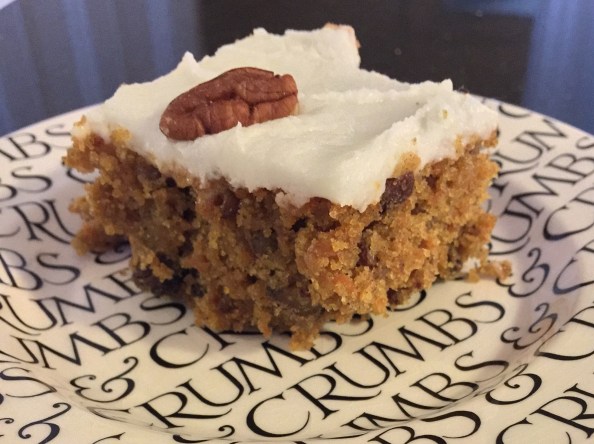It’s probably very dull and predictable that I almost always go food shopping on a Friday to get what we need for the weekend. I know I’m not alone in this because I invariably bump into friends doing the same thing. In fact, Waitrose can be a very sociable place on a Friday morning!
Sometimes meals have been planned and I’ve drawn up a shopping list of ingredients (on my phone – I add to it throughout the week), but some weeks I hope I’ll be inspired by something I see at the butcher’s or in the supermarket. Last Friday was one of those times. I bought duck breasts, half a shoulder of lamb and a kilo of minced beef in case I changed my mind about the duck breasts. When in doubt, make a bolognese or a chilli, is my motto. The mince is now in the freezer and I slow-roasted the lamb on Sunday.
Duck Breasts
Because we were going to be watching the Six Nations rugby on Saturday afternoon, I wanted to keep my duck breast recipe simple. I used two duck breasts for three of us. If your duck breasts are as large as ours were, you need less than a whole one per person.
Score the fat of your duck breasts and season. Peel and cut into cubes one medium potato per person and place in a roasting tin in a single layer. Place the breasts in a cold, non-stick frying pan on the Aga simmering plate (conventional: medium heat) skin side down. Cook for 8 minutes, pouring the fat as you go along into the roasting tin into which you’ve placed the potatoes. It would be sensible to line the tin with bake-o-glide (I forgot) because the potatoes might stick a little (as mine did).
After the 8 minutes, place the now golden breasts skin side up on a rack over the potatoes in the roasting tin and cook in the roasting oven (conventional 220ºc) for a further 15 minutes for a pink centre. If you prefer them well done, increase this time by 5 minutes or so. Make sure all the delicious fat from the frying pan has gone into the roasting tin.
While this is happening put the frying pan back on the simmering plate and add about a glass of red wine and a little stock (whatever you have to hand; I used Marigold Swiss vegetable bouillon powder). Let that bubble and thicken a little and then stir in some redcurrant jelly until melted. I’m not giving you quantities here. Just think of how many people you are serving; all you need is a little jus to pour over.
Pour the jus into a jug and keep this at the back of the Aga, take the duck breasts out of the oven and continue to cook the potatoes until they are golden brown, tender and crisp. Keep the breasts warm; they need to rest for 5-10 minutes anyway before being sliced thickly and served. We ate ours with buttered cabbage.
If you like duck, I can also recommend this Chinese-style duck leg recipe by the excellent food blogger “Eat like a girl”. It’s where I got the idea for the potatoes in the above dish. I have made it many times, often for guests and a couple of times for 12 people: I just used two large Aga roasting tins in the roasting oven, one on the second set of rungs and one on the fourth, and swapped them over half way through cooking. As I’ve probably mentioned before, I love dishes that can be cooked in one dish/pot/tin. All you need to accompany this one is some pak choi stir-fried in a little oil with some soy sauce.
Tart
This weekend I also made this “Eat like a girl” Blueberry and Cardamom Frangipane Tart. (More cardamom, I hear you say. I’m not even going to apologise.) She only posted the recipe this week so probably hasn’t had much feedback yet. I can tell you we loved it. It’s very Scandinavian and would work as a dessert, with morning coffee or afternoon tea. I thoroughly recommend it.









 It helped us work up an appetite for a delicious lunch of sausages and a bulgar wheat salad (R and I agreed that sausages go so very well with grains or pulses) and this is what jogged my memory and led to me attempting the braised sausage and lentil dish again.
It helped us work up an appetite for a delicious lunch of sausages and a bulgar wheat salad (R and I agreed that sausages go so very well with grains or pulses) and this is what jogged my memory and led to me attempting the braised sausage and lentil dish again.






